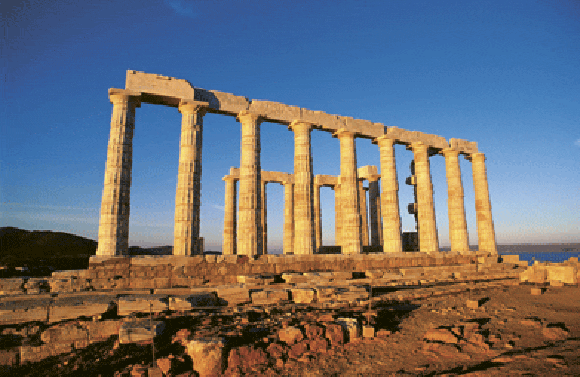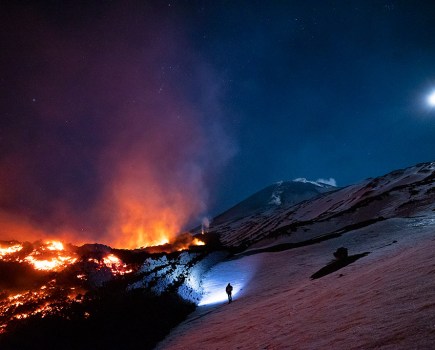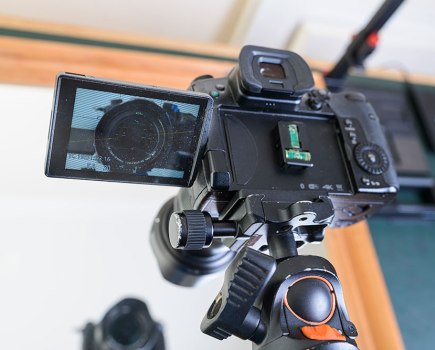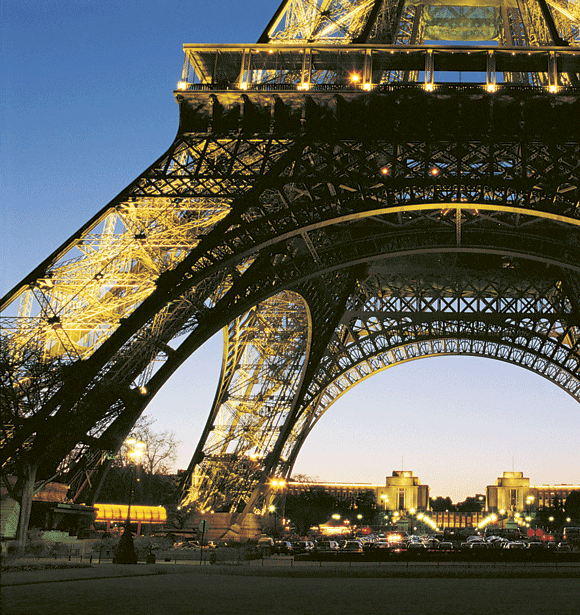
They do say that travel broadens the mind, and it can certainly broaden your photographic experience. Sharing your holiday experiences with friends and family by showing them loads of great travel photography images is almost as much fun as being there – and is a great way to really make them wish they’d been there too.
Don’t just settle for the traditional postcard views, though. Use your creativity and look at your travel photography destination from a different viewpoint to get stunning images. Or give your audience a real sense of local flavour by taking intimate details and candid travel photography shots as well as more formal images.
It’s definitely a case of have camera, will travel, but you won’t have to lug loads of gear around with you to get great pictures – we’ll help you make the most of your normal kit and tell you the best ways to save the finished results. Don’t just settle for the usual tourist haunts and views. Why not try doing some research before you go to see if there are any events or local festivals taking place during your stay or if there any interesting sights off the beaten track?
So pack up your suitcase, grab your ticket to ride and let’s go explore the possibilities of travel photography…
Better Travel Photography – The Kit
- Digital compact with zoom lens
- Cable release
- Tripod
- Flashgun
Kit yourself out properly
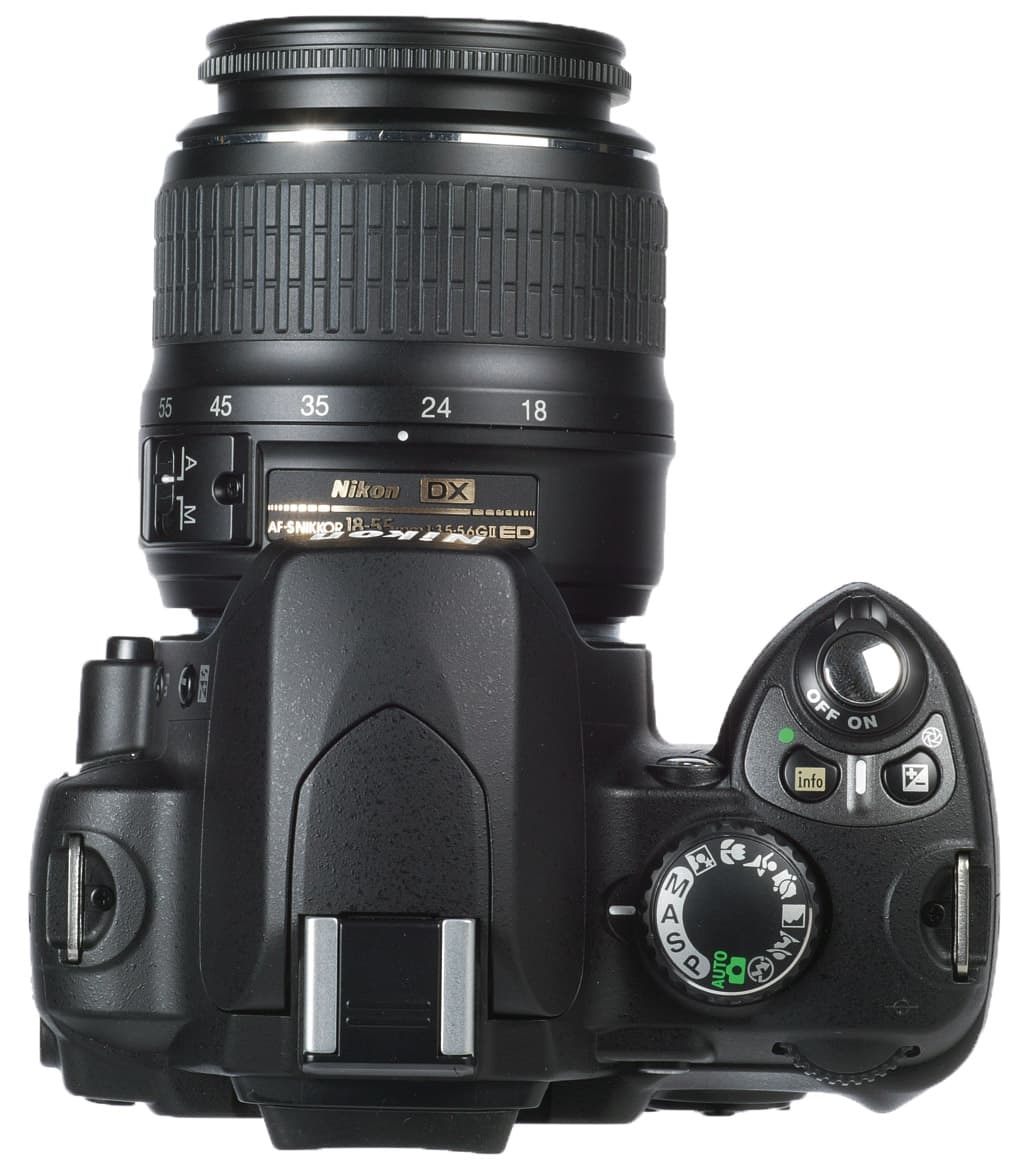 If you’re intending to return home with true travel photography and not just mere sightseeing snapshots, then you’ll need to organise a proper camera kit beforehand. Working on location away from home means you’ll need a lightweight and versatile kit that can be unpacked and used in an instant.
If you’re intending to return home with true travel photography and not just mere sightseeing snapshots, then you’ll need to organise a proper camera kit beforehand. Working on location away from home means you’ll need a lightweight and versatile kit that can be unpacked and used in an instant.
There’s no need to pack every item of camera gear in your case on the off-chance that you’ll use it, but instead limit your kit to a clever compact or a digital SLR with a mid-range zoom lens so you can shoot close, far, wide and narrow. To cope with the varying lighting conditions on your travel photography jaunt, your camera should be able to work in manual exposure mode and have the ability to set different aperture values. With these functions in place, you’ll be able to make precise photographs in the most demanding of shooting circumstances.
Working indoors and outside, and even under the glaring sun of a tropical travel photography location, you’ll also benefit from a good quality flashgun. Most digital compacts are fitted with a hot shoe flash adaptor, so you can attach a more powerful and more versatile flash unit. Best options are to buy the dedicated unit to fit your camera, as this will synchronise with all your camera functions seamlessly.
Better Travel Photography – Anticipate the moment
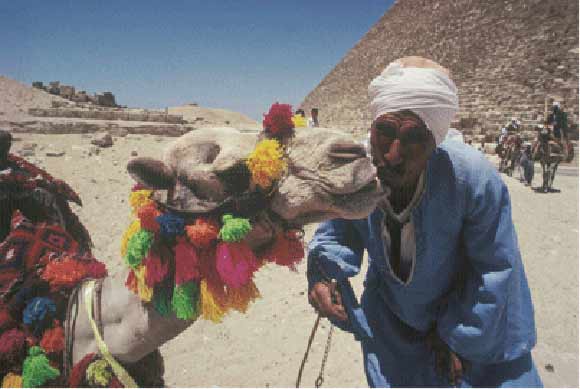
Why this image works – Getting up close and filling the frame keeps focus on the action.If you’re on the ball, you can get quirky shots like this that add to a traditional travelogue.
Perhaps the hardest travel photography technique to develop and the only one that isn’t connected to your camera equipment is knowing instinctively when to press the shutter. Developed as a sixth sense, the world’s best press, documentary, sports and travel photography experts all earn their crust by this single skill alone.
Being able to predict exactly when to press the shutter and capture the defining moment of an event was first described by the French photographer Henri Cartier-Bresson. His best photographs are made at a single point in time when all the different elements in his viewfinder seem to collide in a great composition.
An alternative and no less interesting way of describing a scene is to move away from taking a single shot by shooting a sequence of a separate shots. Anticipate before the first frame when the sequence of activity should start, then follow the action by shooting several frames. As a good method for capturing people and family groups engaged in conversation or celebration, your results can look stunning when four or five shots are presented in a single photo frame.
Better Travel Photography – What makes a good travel picture?
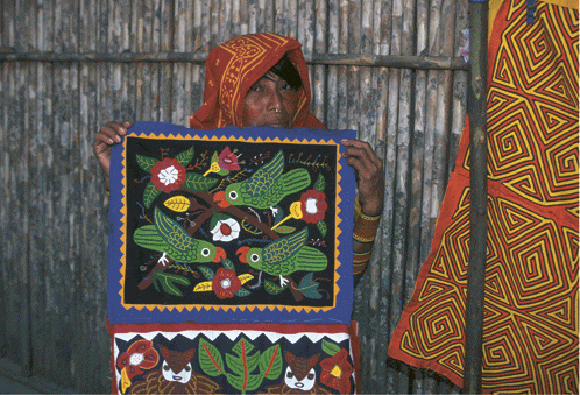
Why this image works – You can get a great sense of the people and culture of a place from candid shots like this one. Great use of colour adds an extra local flavour.
The essence of a great travel photography shot is that it lets us later reflect on an event that happens in a flash.
When you’re shooing out on location, the luck factor can never be over-estimated, but skilled travel photography experts generate high success rates by being ready to shoot in an instant and getting in the right place at the right time.
If you’re shooting a fast-moving travel photography event such as a procession or moving people, you need to make sure your camera settings are set before you start shooting. With ISO, white balance and aperture value established, set your camera on aperture priority mode then place all your efforts into stalking your prey.
With only framing and focusing to worry about, you can easily respond to a quickly changing environment. Don’t just seek out the dramatic landscape or the award-winning portrait, but build up lots of smaller details of your newly found environment. The best photo-journals and photo stories are those where the sum of the parts are greater than any single image. Aim to record your stay with a broad brushstroke, capturing smaller local flavours, textures and colours to build up a broader picture. If you’re really keen for a challenge, try and create a photo story that tells its tale without the need for additional words.
Better Travel Photography – Look behind the scenes
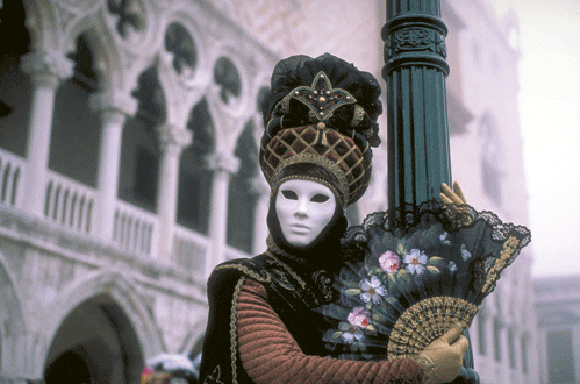
Why this image works- Local festivals can really add an exciting extra dimension to your shots. Getting up close and shooting from a low angle adds real impact.
Although tourist maps are useful for plotting your walking route around a complex location, it’s essential to do your travel photography research before arriving. The best travel photographs are made when the photographer builds a solid understanding of the cultural environment rather than limiting the project to a series of scenes or commonly-found stop-offs on the tourist map. In theory this means reading around your subject as this will suggest a great deal more shooting locations than a tourist map will ever do.
If you’re planning a trip to an overseas location, a good first step is to log onto to the tourist information website of your destination and check out if there are any special events planned during your trip. Festivals are one of the most exciting times to shoot travel photos as you’re presented with a huge array of subjects without having to travel far. Here you’ll also find a real slice of local life and customs that may only appear once a year.
For those keen to dig a little deeper, try investing in a well-researched travel guide such as one from the Lonely Planet or Rough Guide series. You’ll get information on the weird and wonderful and all those things a tourist map would never point you towards. Most travel book series also have an accompanying website where travellers can exchange their secrets, findings and top travel tips.
Better Travel Photography – Make a stylish record
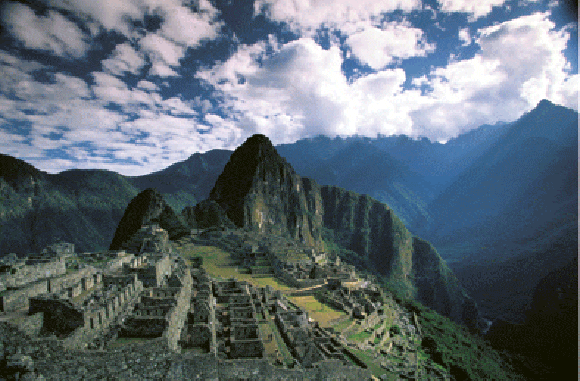
Why this image works – The historical and moody feel of the site isn’t disturbed by the few visitors. Amazing use of light makes plenty of colour amid the stones.
Many travel photography locations have been designed in a unique style or are famous for spectacular scenery. A great way of approaching a travel project is to set yourself the task of documenting the unique aspect of your destination.
Paris, Prague and locations nearer to home such as Bath can be photographed in such as way that all visual references to modern life have been cleverly cropped out of the frame. Just like the real-life set of a TV costume drama, creating a period feel to your project is a real challenge and will force you to learn how your camera really works.
In many city locations, the most historic subjects don’t make good colour photos, but can be made into much more striking shots when converted to black and white in your image-editing program later on. Simply remove image colour by using a Desaturate command, then add a sepia or blue tone using your Color Balance dialogue box. Adding the same final tone colour to a large set of images taken at different locations is a very effective way of tying them together visually and adds much more of a personal feel.
Better Travel Photography – Lenses and viewpoint
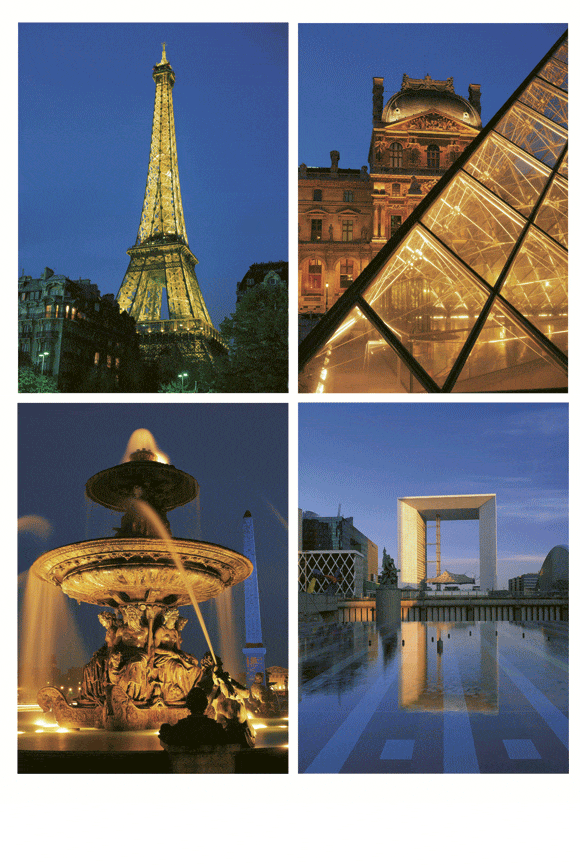 How you approach the shooting of your travel photography subjects will largely depend on the lenses you’ve got at your disposal.
How you approach the shooting of your travel photography subjects will largely depend on the lenses you’ve got at your disposal.
If you want to shoot historic monuments or the decorative front of an important building, then your results will look much better if a telephoto lens is used, rather than following the first instinct to shoot with a wideangle. Although large-scale subjects on your travel photography outings need to be crammed into your viewfinder and the obvious way of doing this is to use a wider lens setting, your shots will look much better if you walk back from your scene and shoot with a longer lens.
Working up close makes architectural subjects get sloping sides, called converging verticals, and can twist your building into a distorted shape. Look through your viewfinder and frame your building tightly and try to minimise tilting your camera upwards.
Another important issue to consider when shooting on location is your shooting position, known as viewpoint. Most amateur photographs are shot from a standing position, but there’s no reason why you can’t shoot from a lower or higher angle at all. A simple raise of a few feet, or by shooting from a low angle, can have a dramatic effect on your composition. You’ll really start to see the world in a completely different light.
Better Travel Photography – Tips and help
As well as the creative aspects of taking pictures on the move, there are a number of practical aspects to travel photography to consider. Here are some of the most common:
Keep a journal
It’s very easy to forget where you were and what sights you’ve seen if you don’t keep a written journal. On your return home you can also incorporate your thoughts into a slideshow, album or exhibition of your work
If in doubt, ask
If you’re planning to shoot portraits of people and are uncertain of their consent, always ask permission first. You’ll get much more co-operation and you’ll also feel less like you’re taking liberties
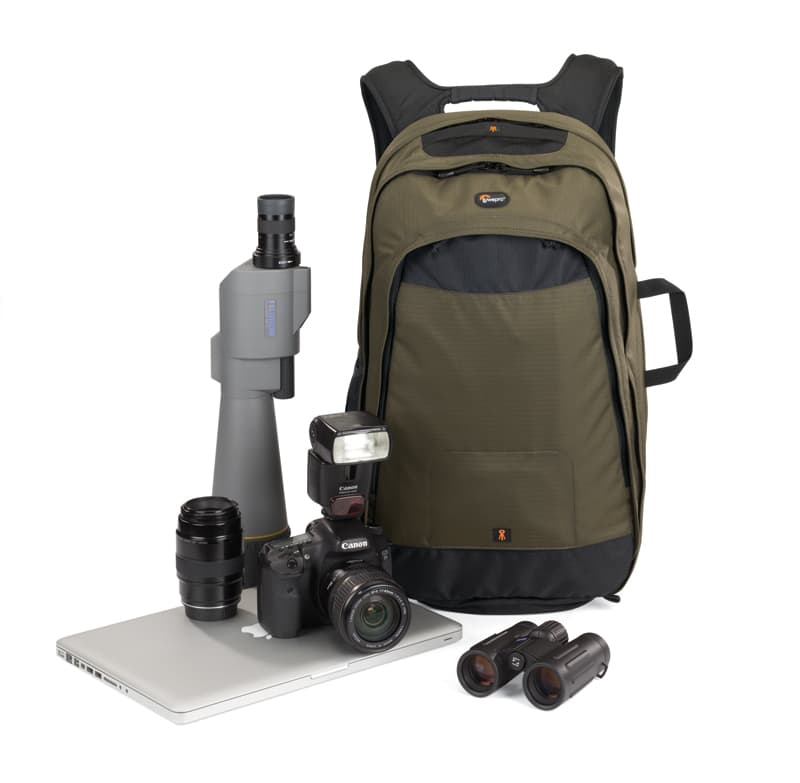 Weather permitting
Weather permitting
For those keen walkers and adventure sports enthusiasts, a good idea is to invest in a good weatherproof camera bag, so you won’t be worrying about ruining your kit. A good bag will also protect your memory cards and other delicate hardware during your shoot – www.lowerpro.com – One of the leading innovators in bag design. Check out its products suitable for travellers.
Get connected
Even if you’re disappearing into the depths of the sub-continent, there will be a mains power converter and a laptop modem connecting kit that you can source so you can access the web and transfer image files during your trip.
An essential site for sourcing plugs, power and modem converters for most laptops and digital camera battery chargers covering most countries is www.laptoptravel.com
Check your work regularly
Review your work regularly. There’s always a danger that the wrong settings or a hardware fault could cause you to produce unusable images. Make a habit of checking your shots each evening so you can review your exposure technique.
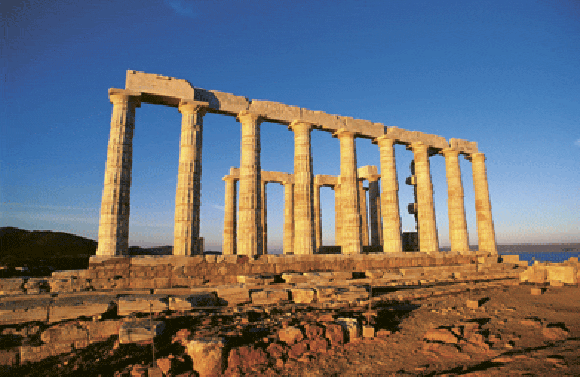 Keep an eye on light conditions
Keep an eye on light conditions
When shooting on location, natural light is both your best friend and worst enemy. There’s no guessing just what position the light will be in when you arrive, but good conditions can make all the difference between an atmospheric or lifeless photograph.
When you’re shooting in historic towns and cities, good subjects are architecture and monuments, and these are best photographed early morning or late afternoon when overhead daylight is pitched at a more raking angle (as in the dawn photo above).
Flat-on direct light – just like the light you get from a photo-booth – is really unflattering and won’t describe the intricate shapes, details or texture of your subject at all. Although flash can be an option for shooting indoors, a good idea is to shoot an extra variation using just the available light with your camera placed firmly on a tripod.
Essential for maintaining the atmospheric quality of an interior, you may also consider experimenting with the White Balance setting to correct coloured artificial light or to leave it as it is.
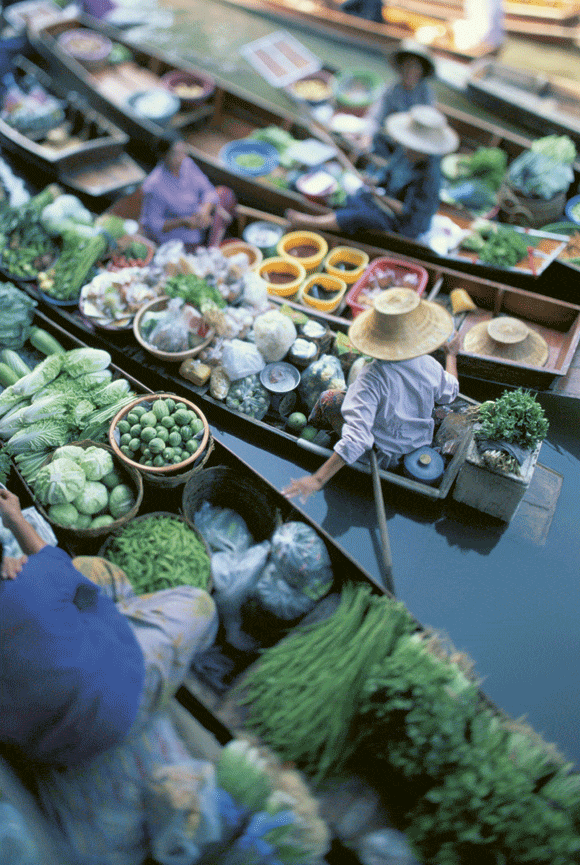 Storing your work
Storing your work
The biggest issue when away from home is how to store the growing number of images that you’ll create. Taking your laptop away is certainly the cheapest option – if you’ve got one already – as this will allow you to dump down your memory card each night and even burn your images to CDR as an extra safety measure.
If you don’t possess a laptop, the next best option is to invest in a pocket hard drive device such as the NixVue Vista or Nikon’s new Coolwalker. Both of these devices offer a huge amount of storage for just a bit more than a microdrive, but can be operated in the field without a power connection and can be used to preview your images via a built-in LCD screen, so you don’t waste your own camera battery power.
Another great idea if you don’t fancy shelling out on a pocket drive is to invest in one of Apple’s iPods. Essentially a portable storage device like the NixVue, the iPod can be used to ferry camera data around too provided you buy the additional card reader accessory.
Perhaps the most expensive option is the purchase of additional memory cards, pound for pound a much more costly way of archiving your shots when away from home.
Useful Web links
Why not check out these useful resources for budding travel photography experts?
1. www.joecornish.com – Check out one of the best travel photographers working today, where no subject poses a problem for his skills
2. https://travel.roughguides.com/planning/journalhome – Read the accounts of fellow travellers worldwide and view photos too

